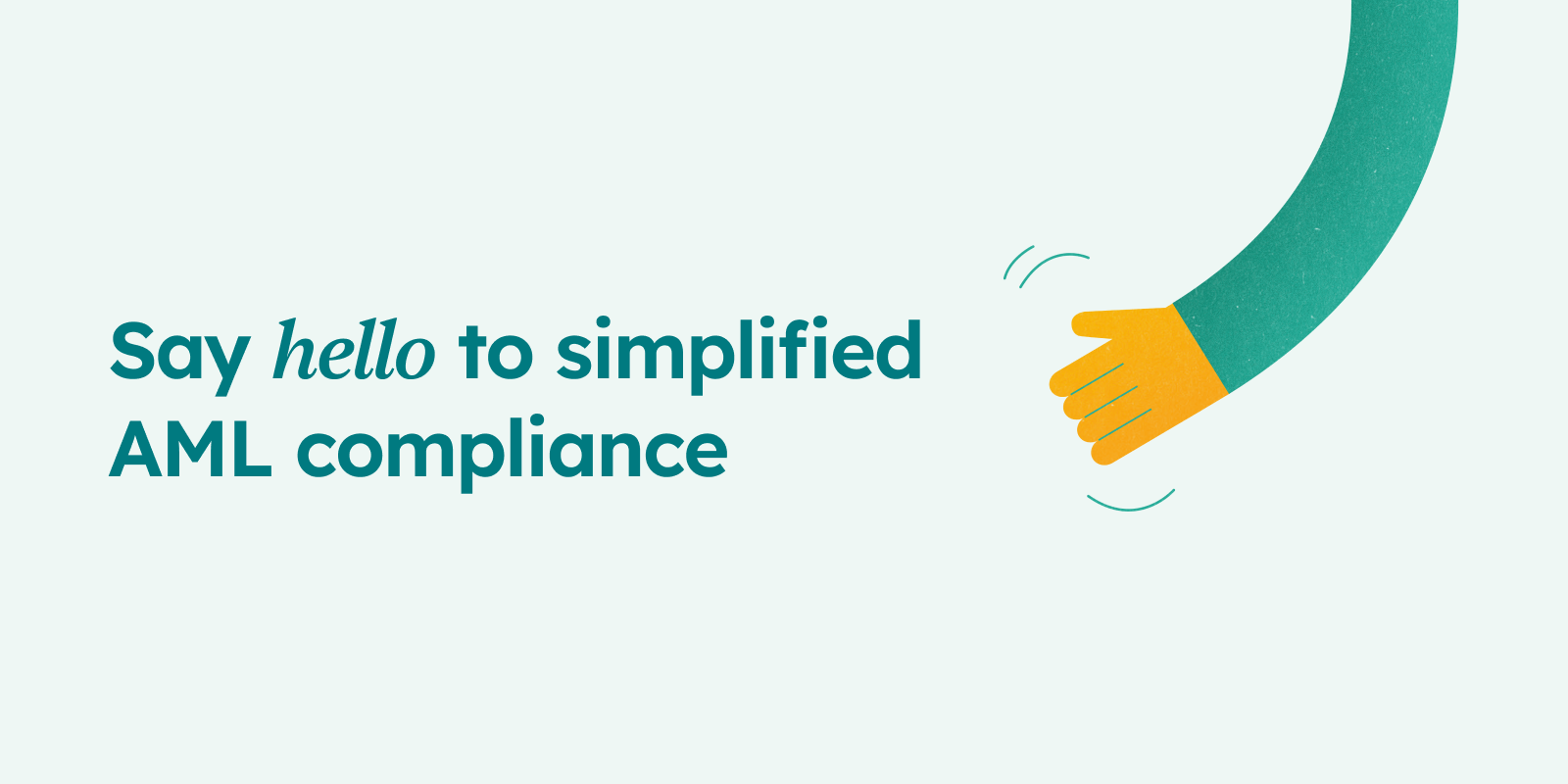1 min read
Creditro takes over KYC from Penneo
As part of Visma’s ambition to build world-class digital solutions, a strategic decision has been made to sharpen the focus of its portfolio...

A company's onboarding process is critical to the success of its new client relationships. By definition, onboarding is the process of integrating a new customer or client with a company's products and services.
A successful onboarding experience can result in a lifelong relationship between the customer and the company. In today's digital world, companies must find ways to provide an engaging and efficient onboarding experience for their new clients.
This is where digital onboarding comes into play. Digital onboarding encompasses all the different ways a company can use technology to provide its customers with an easier, more streamlined onboarding experience from the very beginning.
When it comes to digital onboarding of clients, there are a few key steps that businesses should take in order to ensure a smooth and successful transition. Here are four key steps involved in digital onboarding:
1. Define the goals and objectives of the digital onboarding process. What does your business hope to achieve by digitising the onboarding process? Be sure to involve all stakeholders in this step so that everyone is on the same page.
2. Create a timeline for the digital transformation. This will ensure that everyone knows what needs to be done and when it needs to be done by. It will also help to keep things on track and avoid any surprises along the way.
3. Implement changes gradually. Don’t try to do everything at once – it will only overwhelm your team and your clients. The challenges of digital onboarding go beyond technology and so getting the right people, processes and systems in place is crucial.
In the business world, first impressions are everything. When it comes to bringing on new clients, the process of onboarding them can make or break that relationship before it even starts.
In the past, onboarding new clients was a time-consuming process that often involved paper forms and manual data entry. But with the rise of digital technologies, businesses are turning to digital onboarding solutions to save time and improve the client experience. And now that it’s so easy to implement, why wouldn’t you?
To make the most of digital onboarding for your clients, here are a few key benefits you should be aware of:
1. It saves time and money. By minimising the time it takes to onboard new clients, you can spend more time focusing on building relationships and providing high-quality service. Plus, digital onboarding also helps you save money on paper and printing costs.
2. It's easy to implement. Digital onboarding software is designed with a simple interface that makes it easy for clients to complete the on boarding process independently. It s also user-friendly for your staff who can easily access it.
3. It integrates with other tools. Many digital onboarding software packages integrate with other business tools you already use, including accounting systems, CRM platforms and more.
For companies covered by the Anti-Money Laundering Act, the KYC process is a mandatory part of onboarding new clients. In fact, it is against the law not to perform a KYC check before engaging in a new customer relationship and not doing so can result in fines.
KYC, Know Your Customer, software helps companies comply with Anti-Money Laundering regulations and know their customers better. KYC software can automate the process of collecting and verifying customer information, which makes it more efficient and less prone to errors.
There are many benefits of using KYC software, but compliance with regulations is the most important one. By automating the process of customer onboarding, KYC software can help companies avoid potential fines and penalties for non-compliance. In addition, KYC software can help companies know their customers better, which can lead to improved customer service and retention.
When onboarding a client, there are several steps that must be taken in order to ensure a smooth process. First, the client must be identified and their contact information gathered. Next, the client's documentation must be collected and reviewed.
Once all of the required information has been gathered, the client can be onboarded onto the software platform.
The final step is to provide training to the client on how to use the software. By following these steps, clients can be successfully onboarded onto the platform with minimal hassle.
1. Onboarding clients can be a time-consuming process for companies who are under the AML legislations. KYC software can help automate parts of this process and make it more efficient.
2. KYC software can help gather information about new clients and verify their identity. This can save time and help ensure that all the necessary information is collected.
3. KYC software can also help monitor changes in client risk profiles over time. This helps financial institutions keep up to date with their clients' risk profiles and make sure they are meeting their obligations under anti-money laundering regulations.
When it comes to customer or client onboarding, financial institutions must adhere to Know Your Customer (KYC) guidelines. Part of this process includes verifying the identity of new clients.
This can be a time-consuming task if done manually. that's where KYC software comes in.
KYC software automates the onboarding process by gathering the necessary information from new clients and running various checks to verify their identity. This not only saves time, but it also reduces the risk of human error.
In addition, KYC software can help financial institutions keep track of their client data and monitor for any changes that may occur over time.
As the world progresses, so too must banks and other financial institutions. In order to keep up with the competition and maintain compliance with Know Your Customer (KYC) regulations, it is essential to have a quality KYC software solution in place for onboarding clients.
There are many benefits of using a KYC software solution for onboarding clients. Perhaps most importantly, it helps to ensure that only legitimate customers are doing business with the financial institution. This can protect the bank or other organisation from being used for money laundering or other illegal activities.
In addition, using a KYC software solution can help speed up the onboarding process by automating many of the tasks involved. This can save time and resources that would otherwise be spent on manual processes.
Overall, it is clear that KYC software is essential for onboarding clients in today's world, as it speeds up the process for the client - who just wants to get on with their customer journey, but also for the company, who want's to spend time on their customer and not paperwork.

1 min read
As part of Visma’s ambition to build world-class digital solutions, a strategic decision has been made to sharpen the focus of its portfolio...

3 min read
When you are subject to AML regulations, there are several tasks you need to complete annually. An annual compliance plan can help you stay on top of...

3 min read
AML compliance can be a hassle, but we don’t think it has to be that way. That’s why we’re proud to finally introduce our new brand, which reflects...